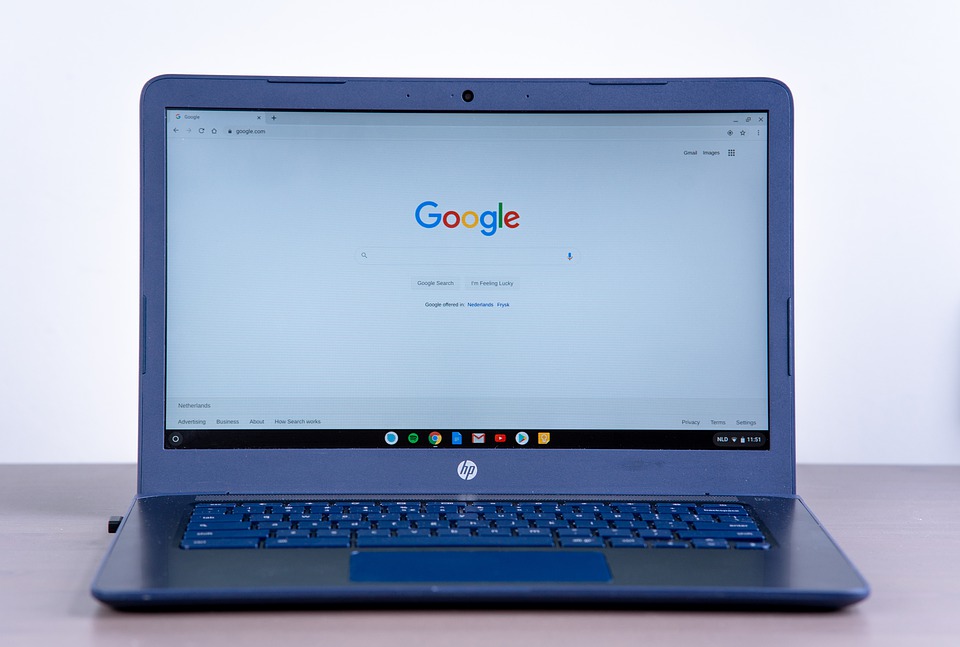Cookiepocalypse: the Internet is Ending 3rd Party Cookies. Here’s How to Prepare
As consumer privacy becomes more important than ever, major internet browsers have decided to phase out third-party cookies over the next two years.
The deprecation of third-party cookies is a massive turning point in the history of the internet. Since 1994, cookies have been tracking our movements online, remembering our data and generally being helpful. But in the wrong hands, like any tool, they possess the capacity to do more annoyance than good.
The fact is, consumers don’t trust being followed online. In June 2020, Apple announced that it’s limiting the use of its mobile device ID, known as Identifier for Advertisers (IDFA), in iOS apps, a decision directly influenced by users’ growing demands for privacy.
What does 3rd party cookie deprecation mean for marketers?
It’ll mean a little more work and a whole bunch of new ideas.
The fact is, about 80% of advertisers depend on third-party cookies. If this is you, you’ll need to find a new way of reaching people online. Your behavioural and browsing data will be limited, meaning personalising ads will be harder.
Also, things like A/B testing and analytics based on third-party cookies will be much less effective.
Research shows that 69% of advertisers think the death of the third-party cookie will have a bigger impact than the GDPR. But of course, there are plenty of things you can do to prepare for the change and ensure you’re ready for a cookiless future.
How to advertise without cookies
The solution to the loss of a 3rd party solution is to focus on 1st party data. The best way to do this is to build your email list.
With an email list, you own the data your users voluntarily hand over. It’s a very transparent and consenting transaction when you sign up for a newsletter or to get a free gift, so it’s one of the very best ways to retain control over your marketing power.
Of course, this also applies to postal addresses or mobile numbers: any data your user gives you personally (1st party) that lets you contact them for marketing purposes.
Another thing you’ll need to do is build on those personal relationships. Establishing trust and a stellar reputation will ensure customers come back for more and promote your business via word of mouth: which you’ll need when you no longer have cookies reminding them about what you offer.
One other source of first party data that can prove valuable is surveys and feedback forms. These can help tell you about your customers’ buying habits, personality and anything else you need to ask while ensuring they are fully complicit in the data they hand over.
Build your mailing list with Convertri
Experts agree that the very best way to collect first party data is through your mailing list. A good looking signup page is essential to nabbing those all-important addresses: luckily, it’s easier than ever to create one in Convertri. All you need is an autoresponder service such as Aweber or Mailchimp to begin.
First, you’ll need to integrate your autoresponder. Head to the Dashboard, and click Integrations in the left hand menu. Click Setup under your autoresponder, and follow the instructions.
Once you’re all set up, go to the page where you want to set up your form.
In the Page Editor, click on Form Elements In the Element Tray, and select the Form Widget. The Form Builder will open at Form Inputs:

Here you can add and remove the text inputs in your form. You can choose from Text, Multiline and Credit Card inputs, and New Step which you can use to create a multi-step form. Details coming soon.
Click on the dropdown menu to select the input that you would like to use, and then click on Add:

Then click on the input(s) to view and adjust it’s settings. Here you can assign your form field types, add query string parameters, validation, edit your placeholder text and select whether it’s required or not.

You can use the arrows to move your elements up and down to adjust their order in your form:

Click on the Button Settings tab to set up your submit button. Here you can choose whether to include a submit button, the button mode and edit the label:

When you are happy with your form’s setup, click on Save. This will close the Form Builder, and you will be able to see the form on your page:

It’s that simple! What measures are you taking to prepare for a cookieless future? Let us know in the comments.





